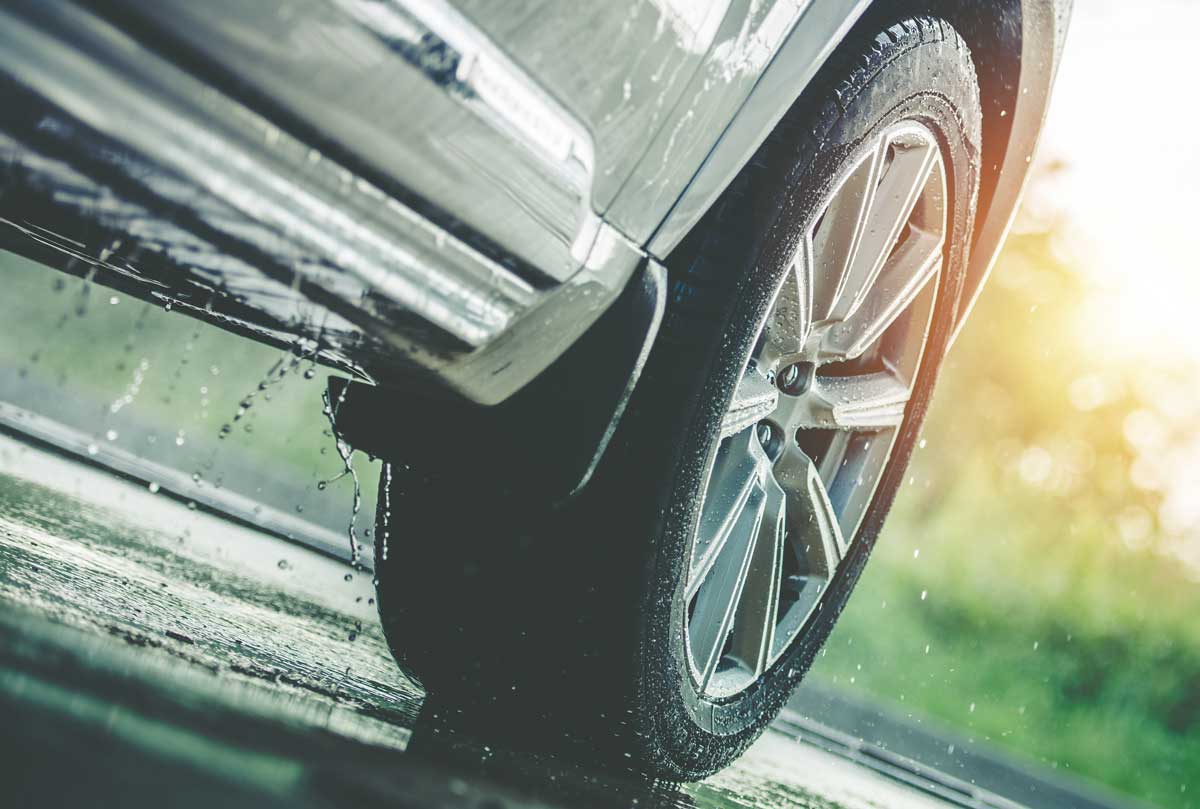Navigating the Challenges of Rain When Driving
As we delve into the multifaceted aspects of driving in the rain, it’s crucial to understand how this common weather phenomenon can drastically alter the driving experience. This article aims to provide comprehensive insights into the risks and preventive measures associated with rain when driving. We’ll explore practical advice, professional services, and best practices to ensure your safety and vehicle maintenance during adverse weather conditions.
| Topic | Key Points |
|---|---|
| Understanding Rain’s Impact | – Effects on road conditions – Visibility challenges – Hydroplaning risks |
| Preventive Measures | – Safe driving tips – Vehicle maintenance |
| Professional Services | – Collision repair – Auto body care in rainy conditions |
| Emergency Measures | – What to do in case of a rain-related accident |
| Concluding Insights | – Summary of key advice – Contact and service information |
As we transition into the specifics, let’s begin by examining the direct effects of rain on road conditions and how they can impact your driving.
Understanding the Impact of Rain on Road Conditions
Rain, while a seemingly benign weather event, can significantly impact road safety. The first few minutes of a rain shower are particularly dangerous as oil and dirt on the roadway mix with water, creating slippery conditions. This situation can lead to decreased tire traction, affecting your vehicle’s handling and braking ability.
- Hydroplaning: A critical concern when driving in the rain is hydroplaning, where your vehicle loses contact with the road and slides uncontrollably. This is often caused by water buildup between the road surface and your vehicle’s tires, leading to loss of control.
- Visibility Issues: Heavy rain reduces visibility, making it difficult to see other vehicles, road signs, and hazards. This necessitates increased vigilance and slower driving speeds.
To enhance safety, it’s essential to adapt your driving style during rainy conditions:
- Slow down to maintain control and prevent hydroplaning.
- Increase the following distance between vehicles.
- Use headlights to improve visibility.
As we explore how to maintain your vehicle for optimum safety in rainy conditions, remember that these measures are crucial for both your safety and the longevity of your vehicle.
Ensuring Vehicle Readiness for Rainy Conditions
Your vehicle’s condition plays a pivotal role in ensuring safety during rainy weather. Regular maintenance checks and timely repairs can significantly mitigate the risks associated with driving in the rain.
- Tire Maintenance: Check tire tread depth and pressure regularly. Worn tires significantly increase the risk of hydroplaning.
- Brake System: Ensure your brakes are in optimal condition. Wet conditions can affect braking efficiency.
- Windshield Wipers: Replace wipers regularly for clear visibility during heavy rainfall.
Downtown Autobody offers comprehensive auto body repair services to address any damage or wear your vehicle might face, ensuring it remains in top condition, especially during the rainy season.
Moving on, let’s delve into the professional services that can aid in preparing and repairing your vehicle for the challenges of rain when driving.
According to the Federal Highway Administration (FHWA), 75% of weather-related vehicle crashes occur on wet pavement, and 47% happen during rainfall.
Professional Services: Enhancing Your Vehicle’s Rain Readiness
Seeking professional services is a proactive approach to ensuring your vehicle withstands the rigors of rain when driving. Downtown Autobody offers a range of services tailored to enhance your vehicle’s performance and safety:
- Collision Repair: In case of accidents due to slippery roads, our collision repair services ensure your vehicle is restored to its optimal condition.
- Auto Painting: A quality paint job with proper sealing can protect your vehicle’s body from rain-related damage. Explore our auto paint shop for top-notch painting services.
- Frame and Panel Maintenance: Regular checks and repairs of your vehicle’s frame and panels can prevent rain-related deterioration.
By taking advantage of these professional services, you can significantly reduce the risks associated with rain when driving.
As we conclude this section, remember that being proactive in vehicle maintenance is key to navigating rainy conditions safely. Next, we’ll look at emergency measures to take in the event of rain-related driving incidents.
Emergency Measures in Rain-Related Driving Incidents
Even with all precautions, rain-related driving incidents can occur. It’s crucial to know how to respond effectively:
- Stay Calm: In the event of an accident, remain calm and assess the situation.
- Safety First: Move to a safe location if possible, and turn on your hazard lights.
- Document and Report: Document the incident and report it to the authorities.
- Seek Professional Assistance: Contact Downtown Autobody for any repair needs. Our team is equipped to handle collision insurance claims and provide comprehensive repair services.
By following these steps, you can navigate the aftermath of a rain-related incident with greater ease and assurance.
In conclusion, being prepared and knowledgeable about the challenges of rain when driving is crucial for your safety and your vehicle’s maintenance. We’ve covered essential aspects, from understanding the impact of rain on driving conditions to the importance of professional vehicle services.
Conclusion: Staying Safe and Maintained in the Rain
Rainy conditions pose unique challenges for drivers, from reduced visibility and road grip to the increased risk of accidents. By understanding these challenges, practicing safe driving habits, and ensuring your vehicle is well-maintained, you can significantly reduce the risks associated with rain when driving. Remember, preventive measures and professional services are key to navigating rainy roads safely.
For further information or assistance, feel free to contact Downtown Autobody with any questions. We’re here to help, offering a range of services, including free loaner cars for our customers. Stay safe and prepared, no matter the weather.





